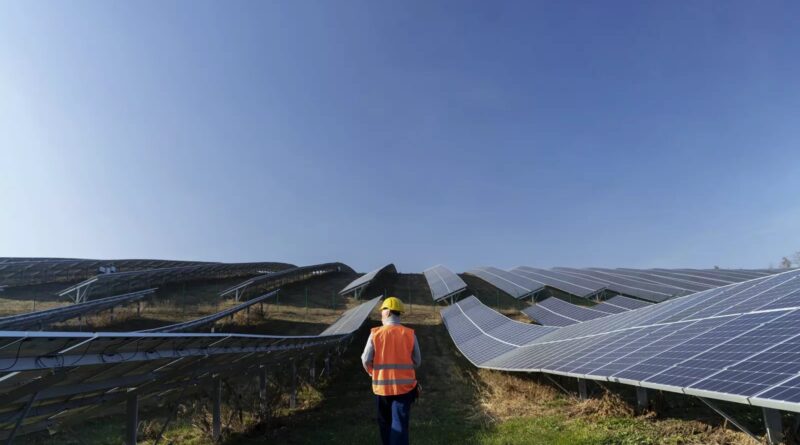Incentivizing Innovation: The Key to Solving Our Climate Crisis
Scientists have been sounding the alarm on climate change for decades. Presidential administrations Congressional leaders on both sides of the aisle have struggled to find common ground when it comes to solving the climate crisis. You’d think there would be more cooperative spirit; climate change is agnostic to political ideology and doesn’t care which party has the majority in Congress.
When the COVID-19 pandemic hit, the National Institutes of Health (NIH) announced in April 2020, “the Accelerating COVID-19 Therapeutic Interventions and Vaccines (ACTIV) public-private partnership to develop a coordinated research strategy for prioritizing and speeding development of the most promising treatments and vaccines.” Known as Operation Warp Speed, Congress initially allocated $10 billion of funding through the CARES Act (Coronavirus Aid, Relief, and Economic Security) for vaccine development. Within less than a year, Covid vaccines hit the market and were being distributed. While the rollout was less than seamless, it is important to recognize that the Covid-19 vaccination effort is unprecedented in scale, and never before has the world seen such rapid analysis of a pandemic disease and development of a vaccine.
And it was all possible through the power of private sector innovation. While Operation Warp Speed involved government funding, private pharmaceutical companies developed the vaccines, driven by market incentives and the potential for profit. Similarly, addressing climate change requires harnessing the power of market forces and entrepreneurial spirit.
Applied to climate change, this approach of government-incentivized private sector innovation can leverage the power of technological advancement and market forces. One way to conceptualize this is through the lens of Moore’s Law, which has driven rapid progress in the semiconductor industry for decades.
Moore’s Law, named after Intel co-founder Gordon Moore, observes that the number of transistors on a microchip doubles about every two years, while the cost halves. This principle has led to exponential growth in computing power and efficiency. While Moore’s Law specifically applies to computer hardware, its underlying concept of rapid, exponential improvement can be extended to other technological domains, including clean energy and climate solutions.
By creating a climate initiative, such as a price on carbon, which incentivizes private companies to innovate at an unprecedented pace, breakthroughs are possible in areas such as advanced solar and wind technologies, next-generation energy storage solutions, carbon capture and sequestration technologies, sustainable transportation and infrastructure, and climate-resilient agriculture and food production.
Just as Operation Warp Speed accelerated vaccine development by removing financial risks and bureaucratic hurdles, a price on carbon could fast-track the development and deployment of critical technologies, supplementing existing ] government investment in research and development, guaranteed purchase agreements for successful innovations, and tax incentives for companies investing in climate solutions.
By harnessing the innovative power of the private sector with the right incentives and support, we could see a Moore’s Law effect in climate technologies, as we’ve already witnessed dramatic cost reductions and efficiency improvements in solar panels and wind turbines over the past decade. With increased investment and focus, this trend could accelerate across a broader range of climate solutions.
The COVID-19 vaccine development has shown us that when faced with a global crisis, rapid innovation is possible. Climate change presents an even greater long-term threat to humanity, and it deserves a similarly urgent and coordinated response.
Free markets are incredibly efficient at allocating resources and driving innovation when allowed to function without excessive interference. From the Industrial Revolution to the Digital Age, major technological leaps have often been driven by private enterprise operating in relatively free markets. Likewise, we have the potential to drive exponential progress in climate solutions quickly. The question is not whether we can afford to take such bold action, but whether we can afford not to.
Originally written for and published on RealClear Energy.

